Igor A. Kaltashov, Stephen J. Eyles0471456020, 9780471456025
Table of contents :
MASS SPECTROMETRY IN BIOPHYSICS……Page 3
CONTENTS……Page 7
Preface……Page 15
1.1. Covalent Structure of Biopolymers……Page 19
1.2.1. Electrostatic Interaction……Page 28
1.2.3. Steric Clashes and Allowed Conformations of the Peptide Backbone: Secondary Structure……Page 29
1.2.4. Solvent–Solute Interactions, Hydrophobic Effect, Side Chain Packing, and Tertiary Structure……Page 32
1.3.1. What Is Protein Folding?……Page 36
1.3.2. Why Is Protein Folding So Important……Page 37
1.3.3. What Is the Natively Folded Protein and How Do We Define a Protein Conformation?……Page 39
1.3.4. What Are Non-native Protein Conformations? Random Coils, Molten Globules, and Folding Intermediates……Page 40
1.3.5. Protein Folding Pathways……Page 42
1.4.1. Protein Conformational Ensembles and Energy Landscapes: Enthalpic and Entropic Considerations……Page 43
1.4.2. Equilibrium and Kinetic Intermediates on the Energy Landscape……Page 46
1.5.1. Limitations of the Structure–Function Paradigm……Page 48
1.5.2. Protein Dynamics Under Native Conditions……Page 49
1.5.3. Biomolecular Dynamics and Binding from the Energy Landscape Perspective……Page 52
1.5.4. Energy Landscapes Within a Broader Context of Nonlinear Dynamics: Information Flow and Fitness Landscapes……Page 55
References……Page 56
2.1.1. Fundamentals……Page 63
2.1.2. Crystal Structures at Atomic and Ultrahigh Resolution……Page 65
2.1.4. Protein Dynamics and X-Ray Diffraction……Page 66
2.2.1. Static and Dynamic Light Scattering……Page 67
2.2.2. Small-Angle X-Ray Scattering……Page 68
2.2.3. Cryo-Electron Microscopy……Page 69
2.3. NMR Spectroscopy……Page 71
2.3.2. Hydrogen Exchange by NMR……Page 74
2.4.1. Cumulative Measurements of Higher Order Structure: Circular Dichroism……Page 77
2.4.2. Vibrational Spectroscopy……Page 82
2.4.3. Fluorescence: Monitoring Specific Dynamic Events……Page 86
2.5.1. Calorimetric Methods……Page 89
2.5.2. Analytical Ultracentrifugation……Page 92
2.5.3. Surface Plasmon Resonance……Page 97
2.5.5. Gel Electrophoresis……Page 98
References……Page 99
3.1. Basic Principles of Mass Spectrometry……Page 105
3.1.1. Stable Isotopes and Isotopic Distributions……Page 107
3.1.2. Macromolecular Mass: Terms and Definitions……Page 114
3.2.2. Electrospray Ionization……Page 115
3.2.3. Matrix Assisted Laser Desorption/Ionization……Page 120
3.3.1. General Considerations: m/z Range and Mass Discrimination, Mass Resolution, Duty Cycle, Data Acquisition Rate……Page 125
3.3.2. Mass Spectrometry Combined with Separation Methods……Page 127
3.4. Tandem Mass Spectrometry……Page 129
3.4.1. Basic Principles of Tandem Mass Spectrometry……Page 131
3.4.2. Collision-Induced Dissociation: Collision Energy, Ion Activation Rate, Dissociation of Large Biomolecular Ions……Page 132
3.4.3. Other Fragmentation Techniques: Electron-Capture Dissociation, Photoradiation-Induced Dissociation, Surface-Induced Dissociation……Page 134
3.5. Brief Overview of Common Mass Analyzers……Page 136
3.5.1. Mass Analyzer as an Ion Dispersion Device: Magnetic Sector MS……Page 137
3.5.2. Temporal Ion Dispersion: Time-of-Flight MS……Page 140
3.5.3. Mass Analyzer as an Ion Filter……Page 142
3.5.4. Mass Analyzer as an Ion Storing Device: Quadrupole (Paul) Ion Trap……Page 145
3.5.5. Mass Analyzer as an Ion Storing Device: FT ICR MS……Page 148
3.5.6. Hybrid Mass Spectrometers……Page 151
References……Page 152
4 Mass Spectrometry-Based Approaches to Study Biomolecular Higher-Order Structure……Page 161
4.1. Biomolecular Topography: Contact and Proximity Maps via Chemical Cross-Linking……Page 162
4.2.1. Selective Chemical Labeling……Page 175
4.2.2. Nonspecific Chemical Labeling……Page 179
4.2.3. Hydrogen/Deuterium Exchange……Page 181
4.3.1. Stoichiometry of Protein Assemblies and Topology of the Interface Regions: Controlled Dissociation of Noncovalent Complexes……Page 185
4.3.2. Evaluation of Total Solvent-Accessible Area: Extent of Charging of Protein Molecules……Page 189
References……Page 192
5 Mass Spectrometry-based Approaches to Study Biomolecular Dynamics: Equilibrium Intermediates……Page 201
5.1. Monitoring Equilibrium Intermediates: Protein Ion Charge State Distributions (ESI MS)……Page 202
5.2.1. Characterization of the Solvent-Exposed Surfaces with Chemical Labeling……Page 208
5.2.2. Exploiting Intrinsic Protein Reactivity: Formation and Scrambling of Disulfide Bonds……Page 209
5.3.1. Protein Dynamics and Hydrogen Exchange……Page 212
5.3.2. Hydrogen Exchange in Peptides and Proteins: General Considerations……Page 213
5.3.3. Global Exchange Kinetics: Mechanisms of Backbone Amide Hydrogen Exchange in a Two-State Model System……Page 215
5.3.4. Realistic Two-State Model System: Effect of Local Fluctuations on the Global Exchange Pattern Under EX2 Conditions……Page 219
5.3.5. Effects of Local Fluctuations on the Global Exchange Pattern Under EX1 and Mixed (EXX) Conditions……Page 223
5.3.6. Exchange in Multistate Protein Systems: Superposition of EX1 and EX2 Processes and Mixed Exchange Kinetics……Page 225
5.4. Measurements of Local Patterns of Hydrogen Exchange……Page 230
5.4.1. “Bottom-up” Approaches to Probing the Local Structure of Intermediate States……Page 231
5.4.2. “Top-down” Approaches to Probing the Local Structure of Intermediate States……Page 235
5.4.3. Further Modifications and Improvements of HDX MS Measurements……Page 238
References……Page 241
6 Kinetic Studies by Mass Spectrometry……Page 249
6.1.1. Stopped-Flow Measurement of Kinetics……Page 250
6.1.2. Kinetic Measurements with Hydrogen Exchange……Page 252
6.2.1. Pulse Labeling Mass Spectrometry……Page 255
6.2.2. Continuous Flow Mass Spectrometry……Page 263
6.2.3. Stopped-Flow Mass Spectrometry……Page 266
6.2.4. Kinetics of Disulfide Formation During Folding……Page 268
6.2.5. Kinetics of Protein Assembly……Page 272
6.3. Kinetics of Enzyme Catalysis……Page 273
References……Page 280
7.1. Protein–Ligand Interactions: Characterization of Noncovalent Complexes Using Direct ESI MS Measurements……Page 286
7.2. Indirect Characterization of Noncovalent Interactions: Measurements Under Native Conditions……Page 288
7.2.1. Assessment of Ligand Binding by Monitoring Dynamics of “Native” Proteins with HDX MS……Page 289
7.2.2. PLIMSTEX: Binding Assessment Via Monitoring Conformational Changes with HDX MS in Titration Experiments……Page 292
7.2.4. Binding Revealed by Changes in Ligand Mobility……Page 294
7.3.1. Ligand-Induced Protein Stabilization Under Mildly Denaturing Conditions: Charge State Distributions Reveal the Presence of “Invisible” Ligands……Page 297
7.3.2. SUPREX: Utilizing HDX Under Denaturing Conditions to Discern Protein–Ligand Binding Parameters……Page 300
7.4.1. Dynamics at the Ligand Binding Site and Beyond: Understanding Enzymatic Mechanisms……Page 303
7.4.2. Allosteric Effects Probed by HDX MS……Page 307
7.4.3. Protein Activation by Physical “Stimulants”……Page 308
7.5. Understanding Protein Action: Mechanistic Insights from the Analysis of Structure and Dynamics Under Denaturing Conditions……Page 309
References……Page 314
8.1.1. Folding of Hen Lysozyme……Page 320
8.1.2. Substrate Binding to Lysozyme……Page 328
8.2. Molecular Chaperones……Page 330
References……Page 336
9.1. DNA……Page 342
9.2. RNA……Page 351
9.3. Oligosaccharides……Page 357
9.4. “Passive” Polymers of Biotic and Abiotic Origin……Page 361
References……Page 368
10 Biomolecular Ions in a Solvent-Free Environment……Page 375
10.1. General Considerations: Role of Solvent in Maintaining Biomolecular Structure and Modulating its Dynamics……Page 376
10.2.1. Hydrogen–Deuterium Exchange in the Gas Phase as a Probe of the Protein Ion Structure……Page 378
10.2.2. Electrostatics as a Structural Probe: Kinetic Energy Release in Metastable Ion Dissociation and Proton Transfer Reaction in the Gas Phase……Page 380
10.2.3. Ion Mobility Measurement and Biomolecular Shapes in the Gas Phase……Page 382
10.3.1. Gas Phase Structures of Macromolecular Ions and Their Relevance to Conformations in Solution……Page 383
10.3.2. Interaction of Protein Ions in the Gas Phase……Page 386
10.3.3. Physical Properties of Biomolecular Ions in the Gas Phase: Spectroscopic Measurements in a Solvent-Free Environment……Page 388
10.4. Protein Hydration in the Gas Phase: Bridging “Micro” and “Macro”……Page 391
References……Page 394
11 Mass Spectrometry on the March: Where Next? From Molecular Biophysics to Structural Biology, Perspectives and Challenges……Page 400
11.1.1. Formation of Protein Complexes: Ordered Self-Assembly Versus Random Oligomerization……Page 401
11.1.2. Protein Oligomerization as a Chain Reaction: Catastrophic Aggregation and “Ordered” Polymerization……Page 404
11.1.3. Subcellular Structures: Ribosomes……Page 411
11.1.4. Mass Spectrometry at the Organism Level?……Page 416
11.2. Structure and Dynamics of Membrane Proteins……Page 417
11.2.1. Structural Studies of Membrane Proteins Utilizing Detergents……Page 419
11.2.2. Detergent-Free Analysis of Membrane Proteins……Page 421
11.2.3. Organic Solvent Mixtures……Page 430
11.2.4. Noncovalent Interaction by MS……Page 432
11.3. Macromolecular Trafficking and Cellular Signaling……Page 434
11.3.1. Trafficking Through Nuclear Pores……Page 435
11.3.2. Signaling……Page 439
11.4. In Vivo versus in Vitro Behavior of Biopolymers……Page 440
11.4.1. Salts and Buffers……Page 441
11.4.2. Macromolecular Crowding Effect……Page 443
11.4.3. Complexity of Macromolecular Interactions in vivo……Page 445
11.4.4. “Live” Macromolecules: Equilibrium Systems or Dissipative Structures?……Page 446
References……Page 447
Appendix: Physics of Electrospray……Page 460
Index……Page 471

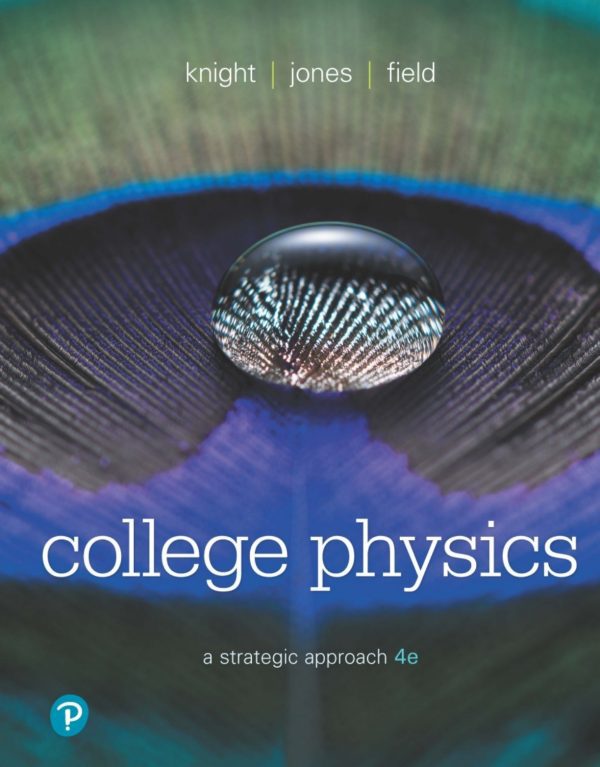
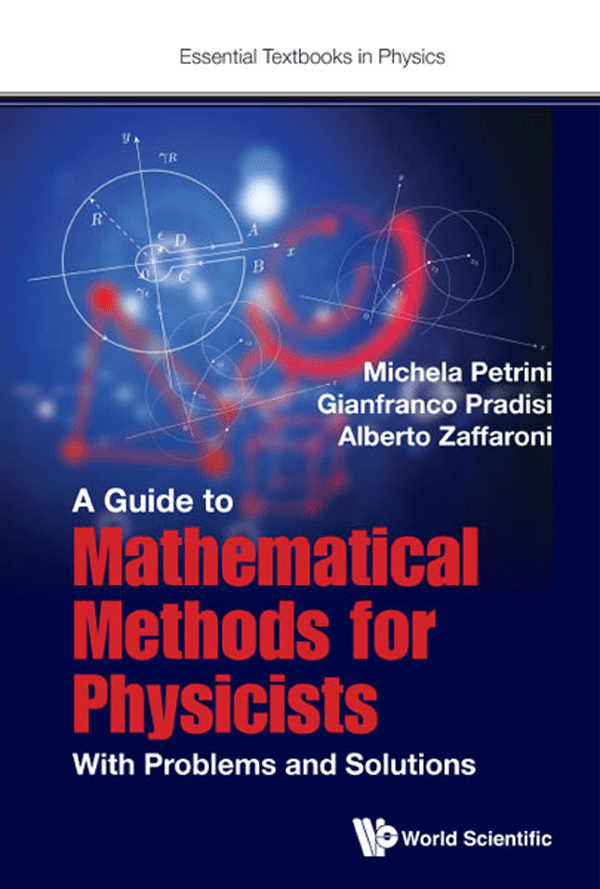
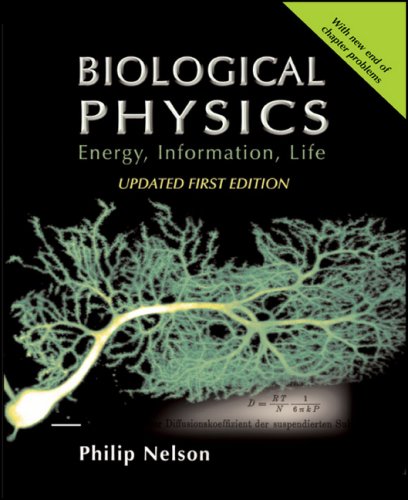
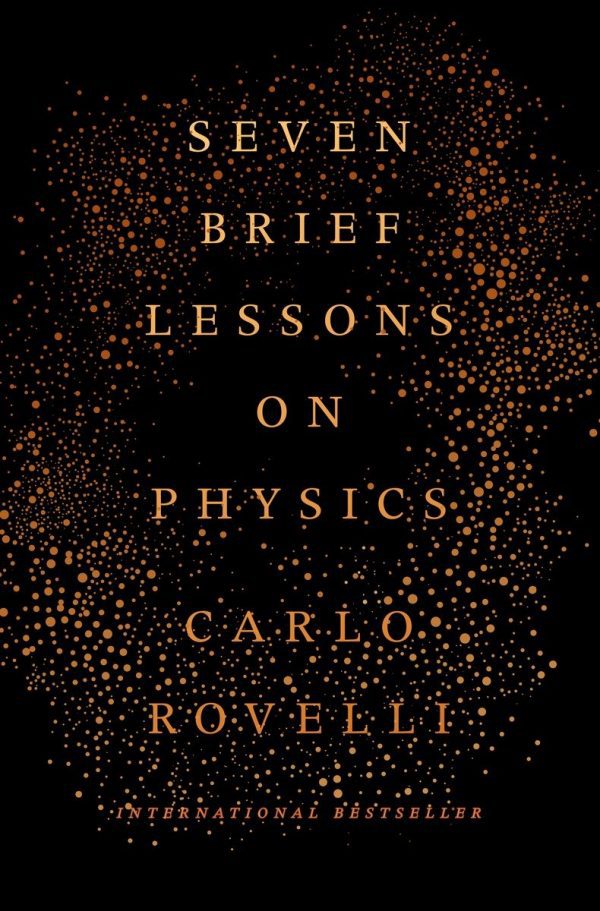
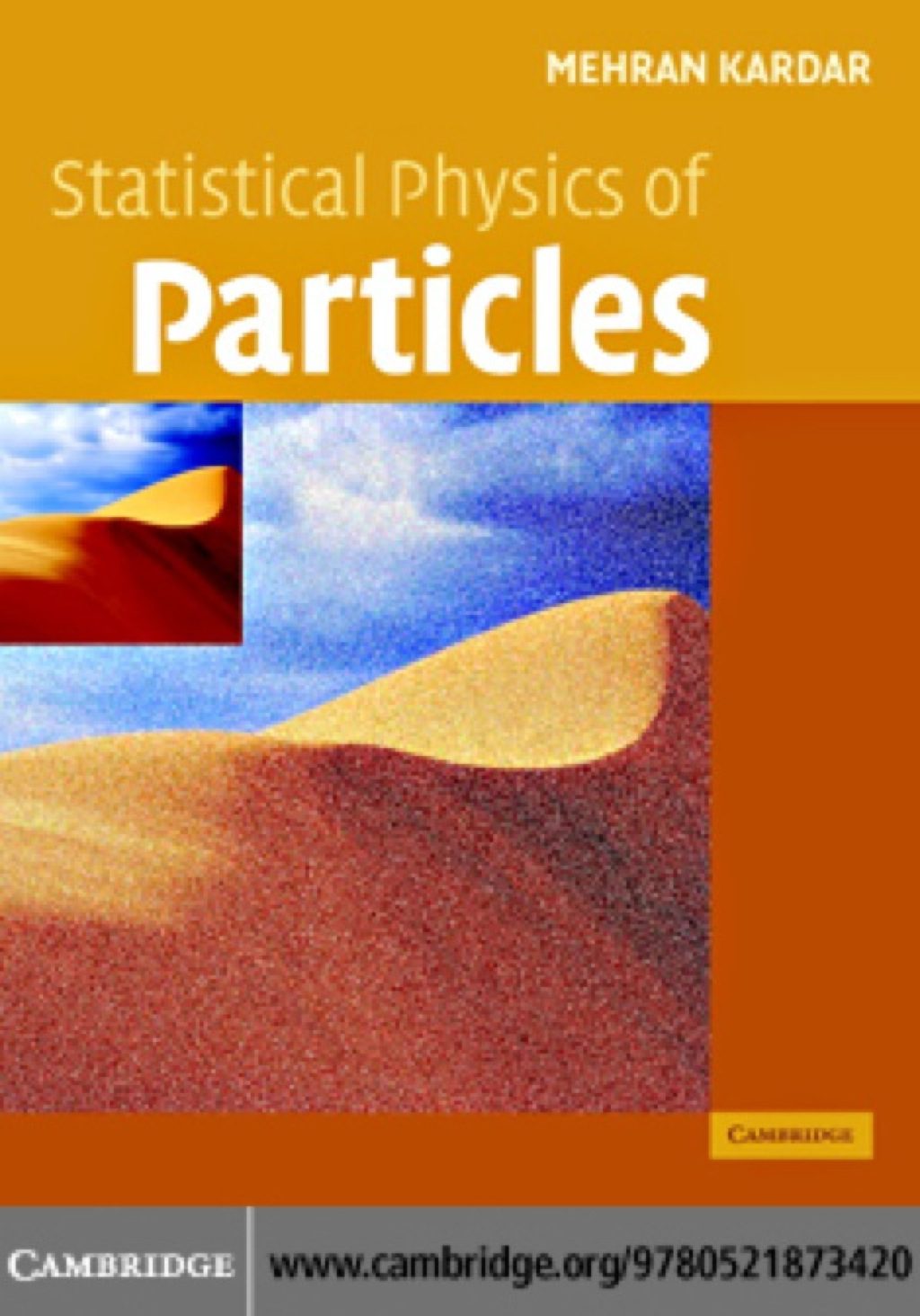
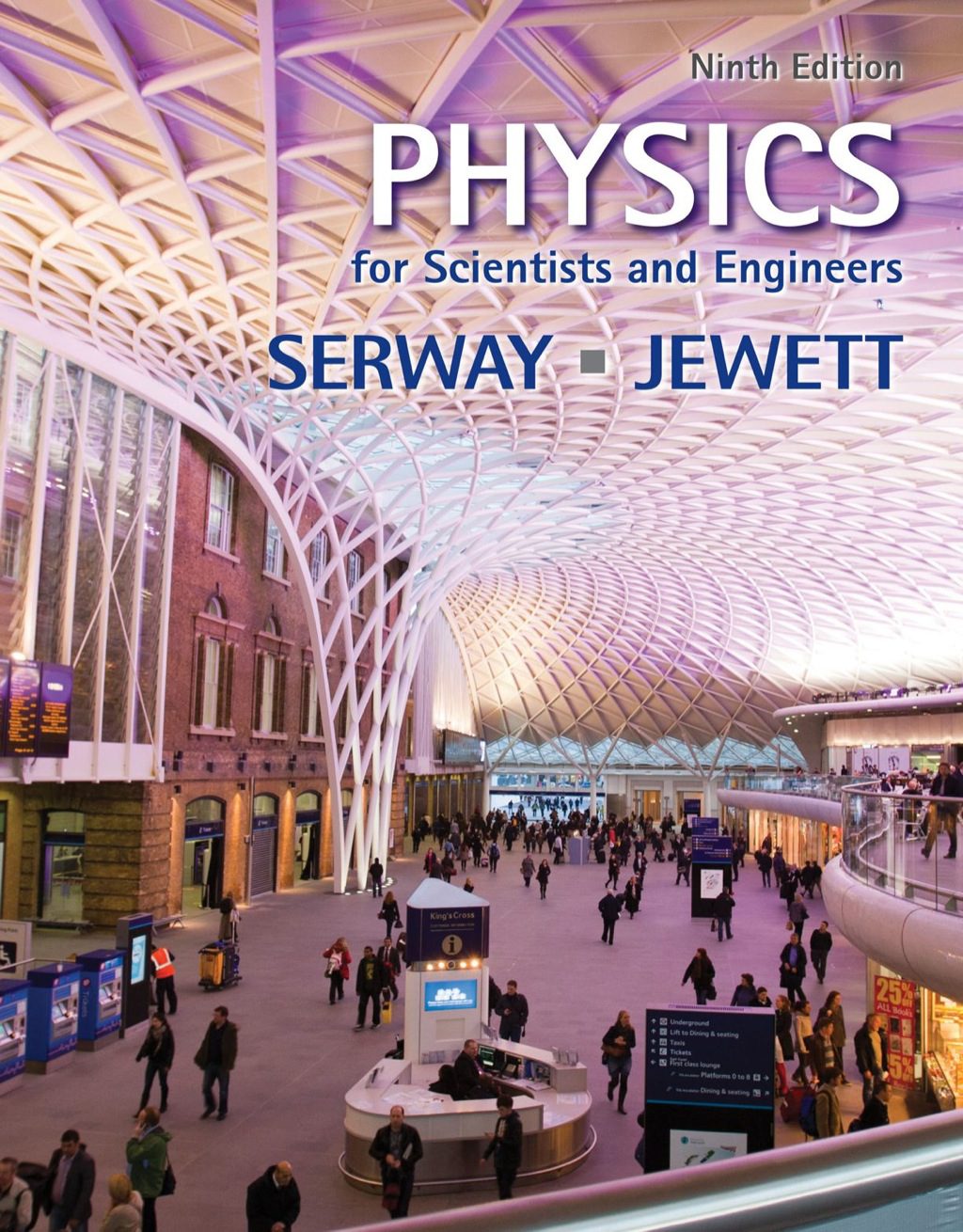
Reviews
There are no reviews yet.